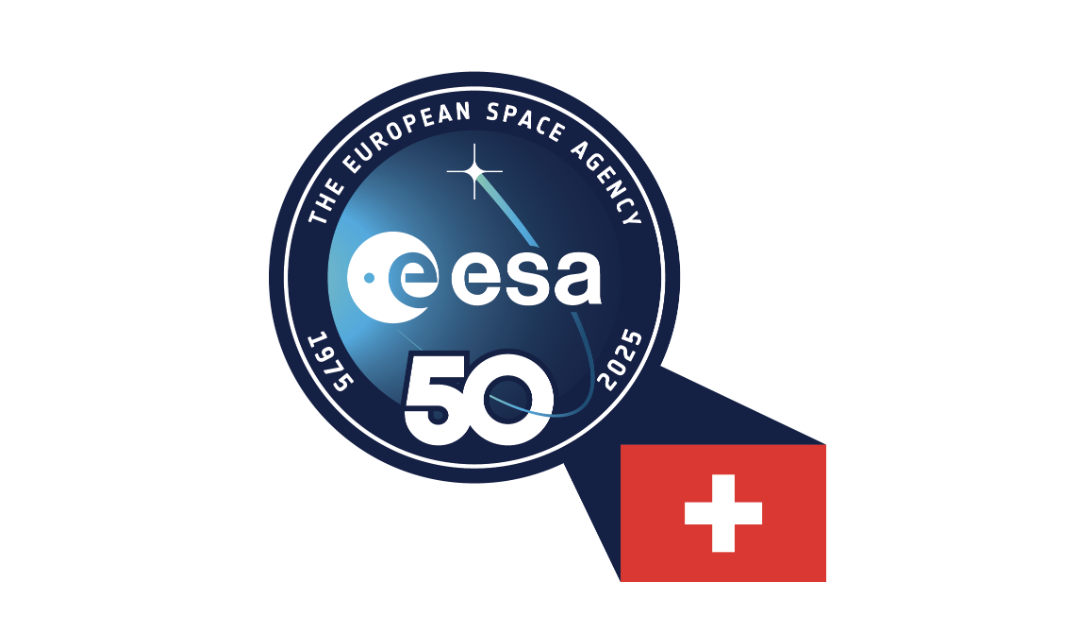February 26, 2024
Earth as a test object
Physicists at ETH Zurich and the University of Zurich wanted to know whether the planned LIFE space mission could really detect traces of life on other planets. Yes, it can. The researchers reached this conclusion with the help of observations of our own planet.
Life is indeed possible on Earth. This has been demonstrated in a study conducted by the Institute of Particle Physics and Astrophysics at ETH Zurich. Of course, the researchers’ intention wasn’t to answer the question itself. Instead, they used the Earth as an example to prove that the planned LIFE (Large Interferometer for Exoplanets) space mission can be a success – and that the planned measurement procedure works.
Searching for life
With a network of five satellites, the international LIFE initiative led by ETH Zurich hopes to one day detect traces of life on exoplanets. It aims to undertake a more detailed study of Earth-like exoplanets – rocky planets that are similar to Earth in size and temperature but orbit other stars.
The plan is to position five smaller satellites in space close to the James Webb Space Telescope. Together, these satellites will form a large telescope that will act as an interferometer to pick up exoplanets’ infrared thermal radiation. The spectrum of the light can then be used to deduce the composition of those exoplanets and their atmospheres. “Our goal is to detect chemical compounds in the light spectrum that hint at life on the exoplanets,” explains Sascha Quanz, who is leading the LIFE initiative.

Earth as an unassuming speck
In the study, which has just been published in The Astrophysical Journal, the researchers Jean-Noël Mettler, Björn S. Konrad, Sascha P. Quanz and Ravit Helled investigated how well a LIFE mission could characterise an exoplanet’s habitability. To this end, they decided to treat the Earth as if it were an exoplanet and make observations on our home planet.
What’s unique about the study is that the team tested the future LIFE mission’s capabilities on real rather than simulated spectra. Using data from one of the atmospheric measuring devices on NASA’s Aqua Earth observation satellite, they generated the Earth’s emission spectra in the mid-infrared range, as might be recorded in future observations of exoplanets.
Two considerations were central to the project. First, if a large space telescope were to observe the Earth from space, what kind of infrared spectrum would it record? Because the Earth would be observed from a great distance, it would look like an unassuming speck, without recognisable features such as the sea or mountains. This means the spectra would then be spatial and temporal averages that depended on which views of the planet the telescope would capture and for how long.
How do perspective and seasons affect observations?
From this, the physicists derived the second consideration in their study: if these averaged spectra were analysed to obtain information about the Earth’s atmosphere and surface conditions, in what ways would the results depend on factors such as observational geometry and seasonal fluctuations?
The researchers considered three observation geometries – the two views from the poles and an additional equatorial view – and focused on data recorded in January and July to account for the largest seasonal variations.
Successful identification as a habitable planet
The study’s key finding is encouraging: if a space telescope like LIFE were to observe planet Earth from a distance of around 30 light years, it would find signs of a temperate, habitable world. The team was able to detect concentrations of the atmospheric gases CO2, water, ozone and methane in the infrared spectra of the Earth’s atmosphere, as well as surface conditions that favour the occurrence of water. Evidence of ozone and methane is particularly important as these gases are produced by the Earth’s biosphere.
These results are independent of the observation geometry, as the researchers showed. This is good news, because the exact observation geometry for future observations of Earth-like exoplanets will probably be unknown.
When comparing seasonal fluctuations, however, the result was less revealing. “Even if atmospheric seasonality is not easily observed, our study demonstrates that next generation space missions can assess whether nearby temperate terrestrial exoplanets are habitable or even inhabited,” Quanz says.
Excerpts from this article are taken from the text “If Earth were an exoplanet” by science writer Gaia Donati.
Latest ETH ZÜRICH news
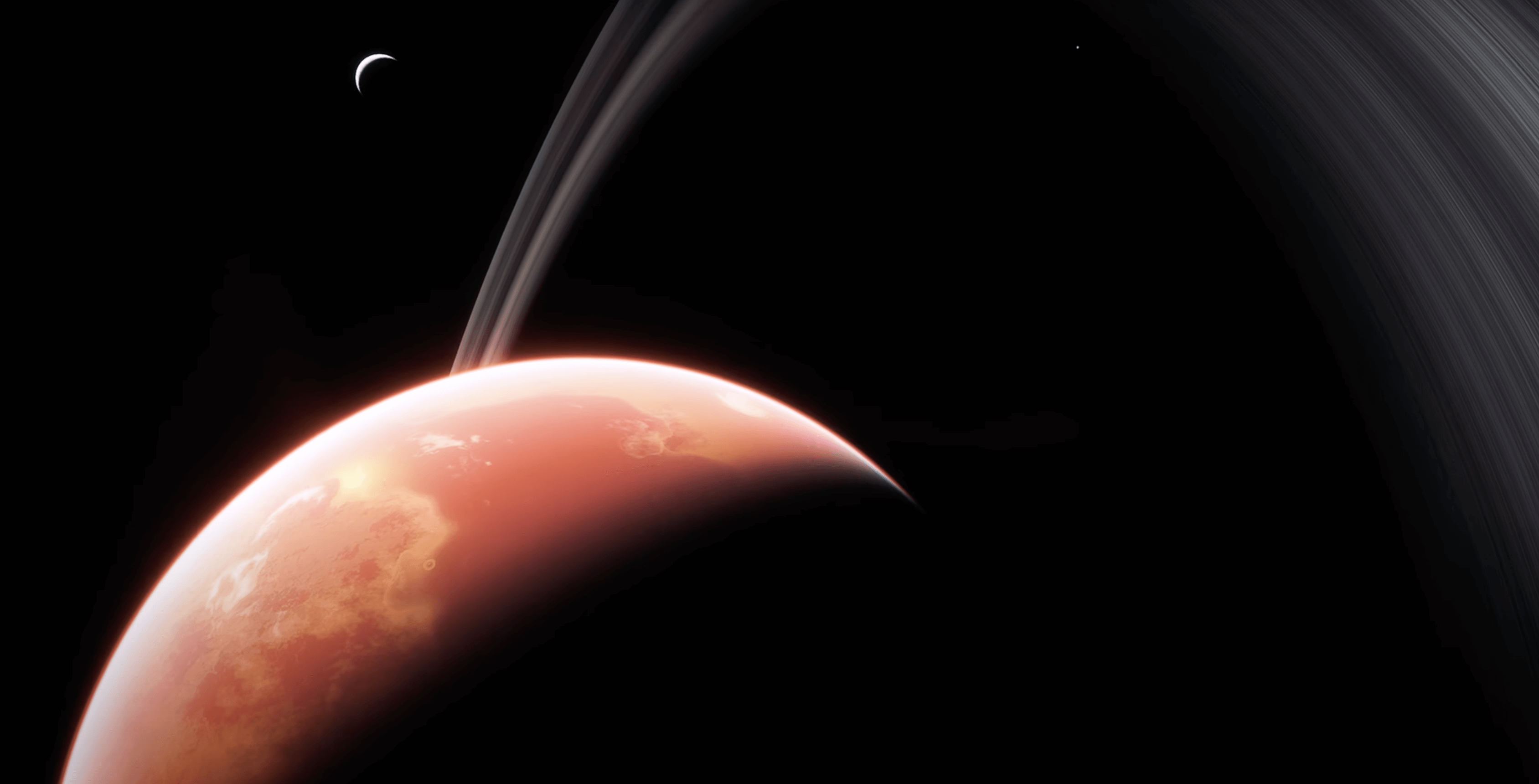
Are we alone in the universe?
In recent years, ETH Zurich has become one of the most renowned centres in the world for researching these matters:the former NASA research head Thomas Zurbuchen has been the Director of ETH Zurich Space since summer 2023.
Play video

ETH Global Lecture: Life on Earth and Beyond
How did life on Earth begin and proliferate? And is there life beyond our planet? At this ETH Global Lecture, Nobel Prize winner Didier Queloz and former NASA research head Thomas Zurbuchen discuss what is already known about the origin of life on Earth and beyond, what projects are underway at ETH Zurich – and what life itself has taught them.
Play video

ETH Global Lecture Series: Who Owns the Moon?
Unlike any other time in human history, humanity sits on the threshold of the universe. As the commercial space industry grows in influence and importance, complex legal and ethical questions emerge. Join us as we navigate the intricacies, gaps, and inconsistencies of space law.
Play video

Prestigious Award for ETH Zurich | Space director Thomas Zurbuchen
30.06.2025 by Mariasole Agazzi
Read more
News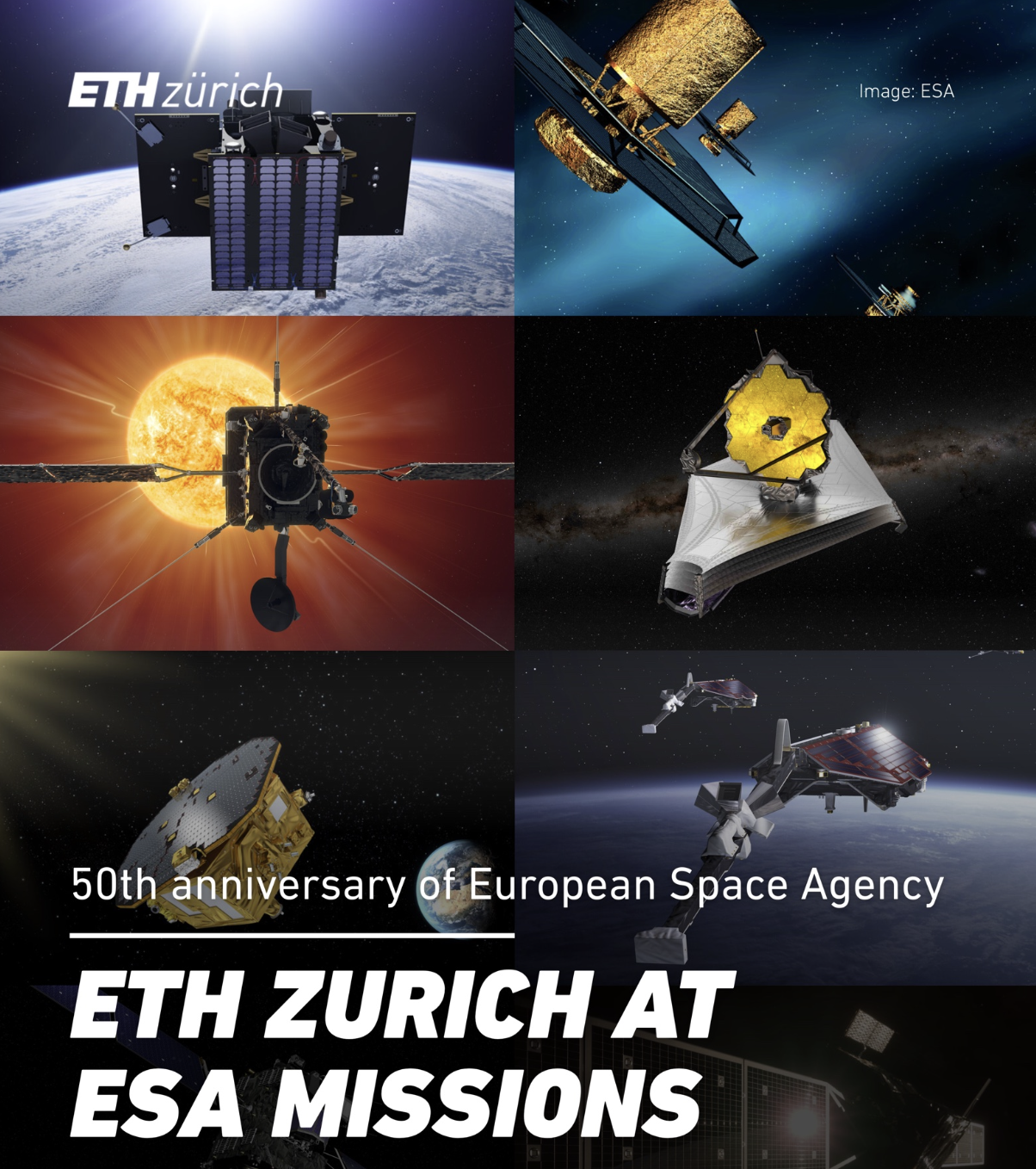
ETH Zurich and ESA: 50 years of collaboration
16.06.2025 by Mariasole Agazzi
Read more
News
ESA opens first Innovation Centre in Switzerland — with ETH at the forefront
16.06.2025 by Mariasole Agazzi
Read more
News
Celebrating milestones — and shaping what is next for space in Switzerland and Europe
16.06.2025 by Mariasole Agazzi
Read more
News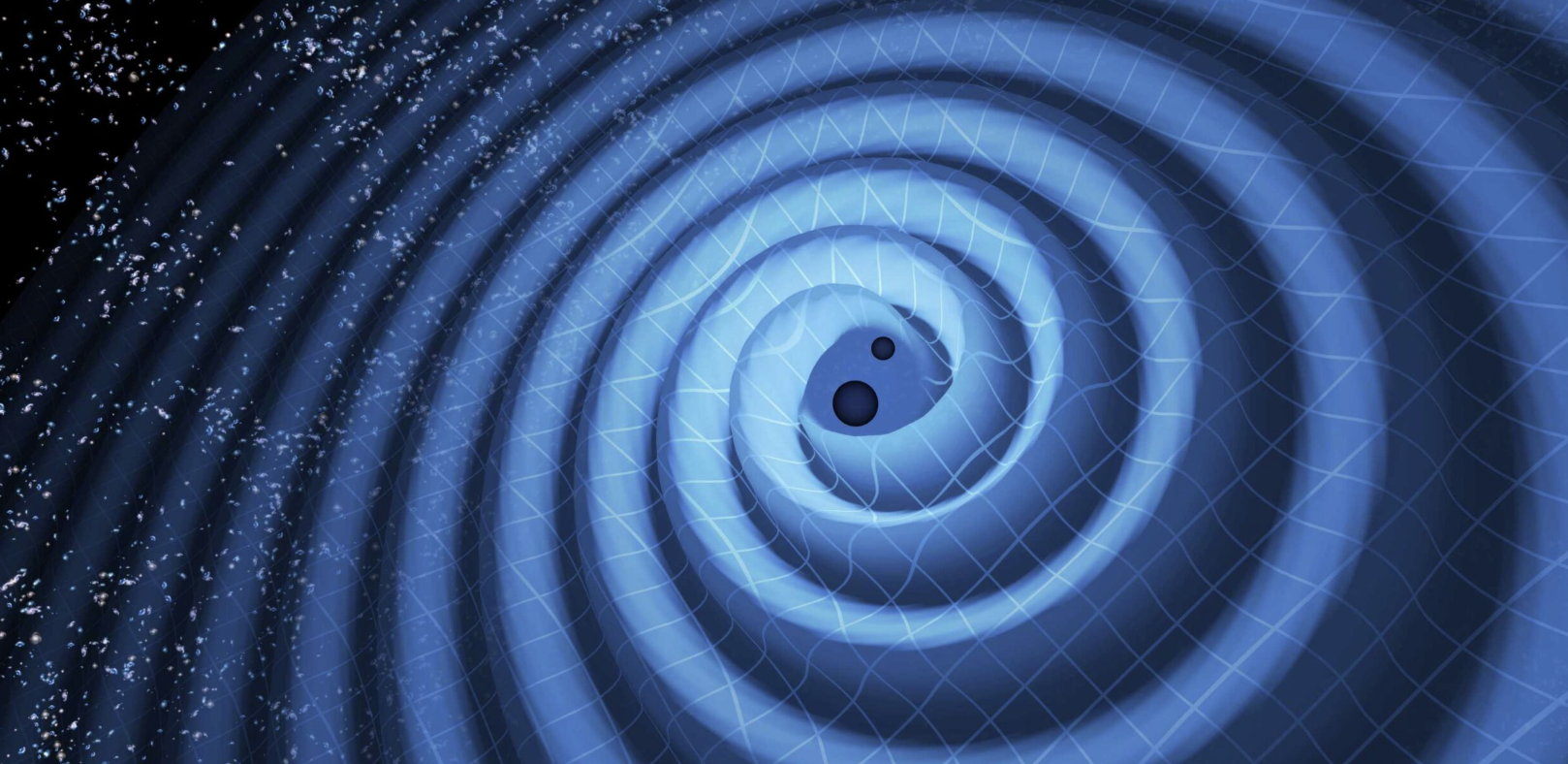
Gravitational-wave astronomy at ETH Zürich
12.05.2025 by Gaia Donati
Read more

Shaping the future of space — from the heart of Europe
10.04.2025 by Nicole Kretschmer, editor-in-chief of the DGLR members' magazine
Read more
News
From ETH Zürich to the edge of space — and beyond!
07.04.2025 by Innovation Park Zurich
Read more
Astronomy & Research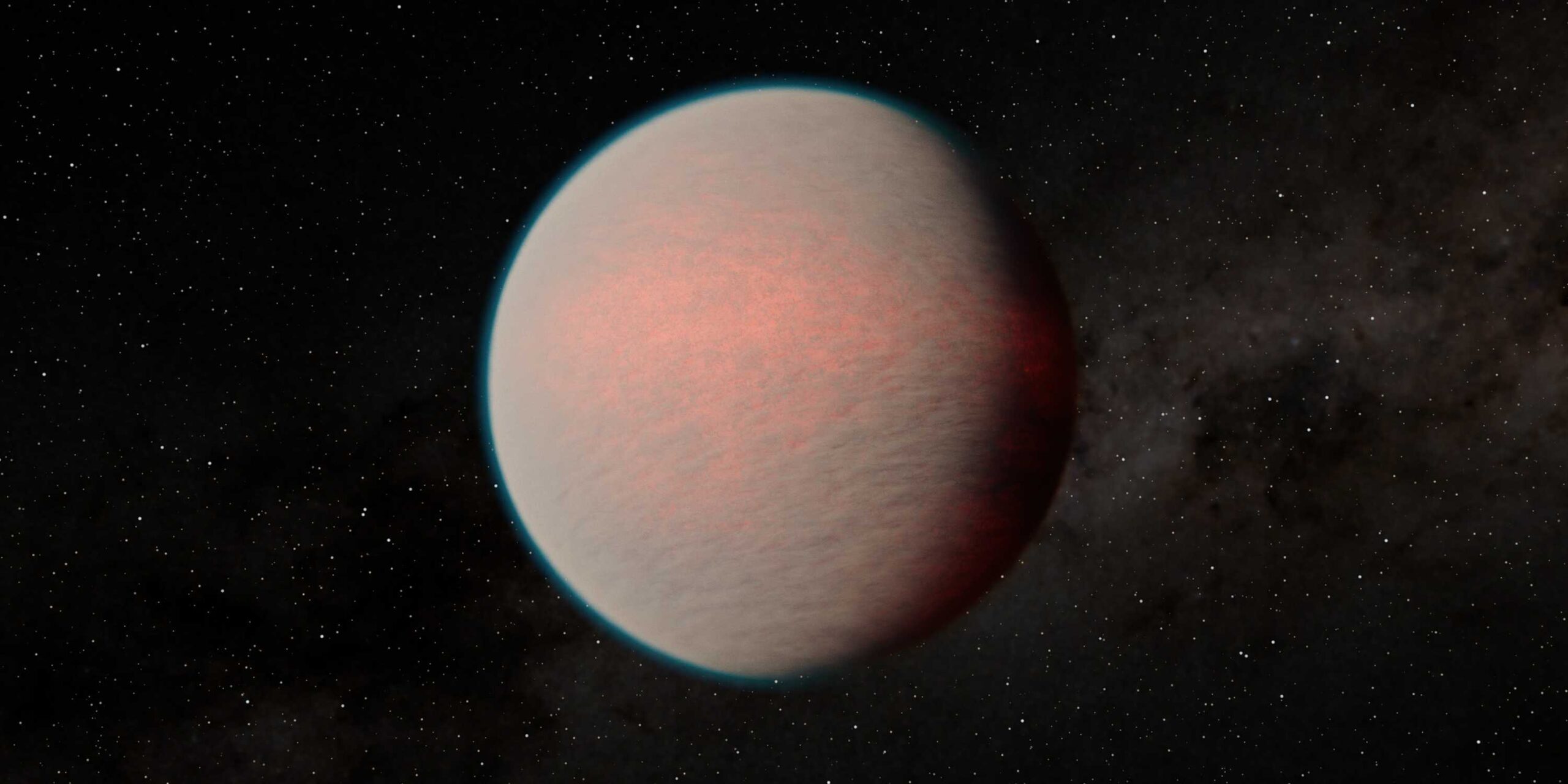
Planets contain more water than thought
04.02.2025 by Barbara Vonarburg, freelance author
Read more

Green Light for LISA
25.01.2025 by Editorial Team
Read more
Earth and Planetary Sciences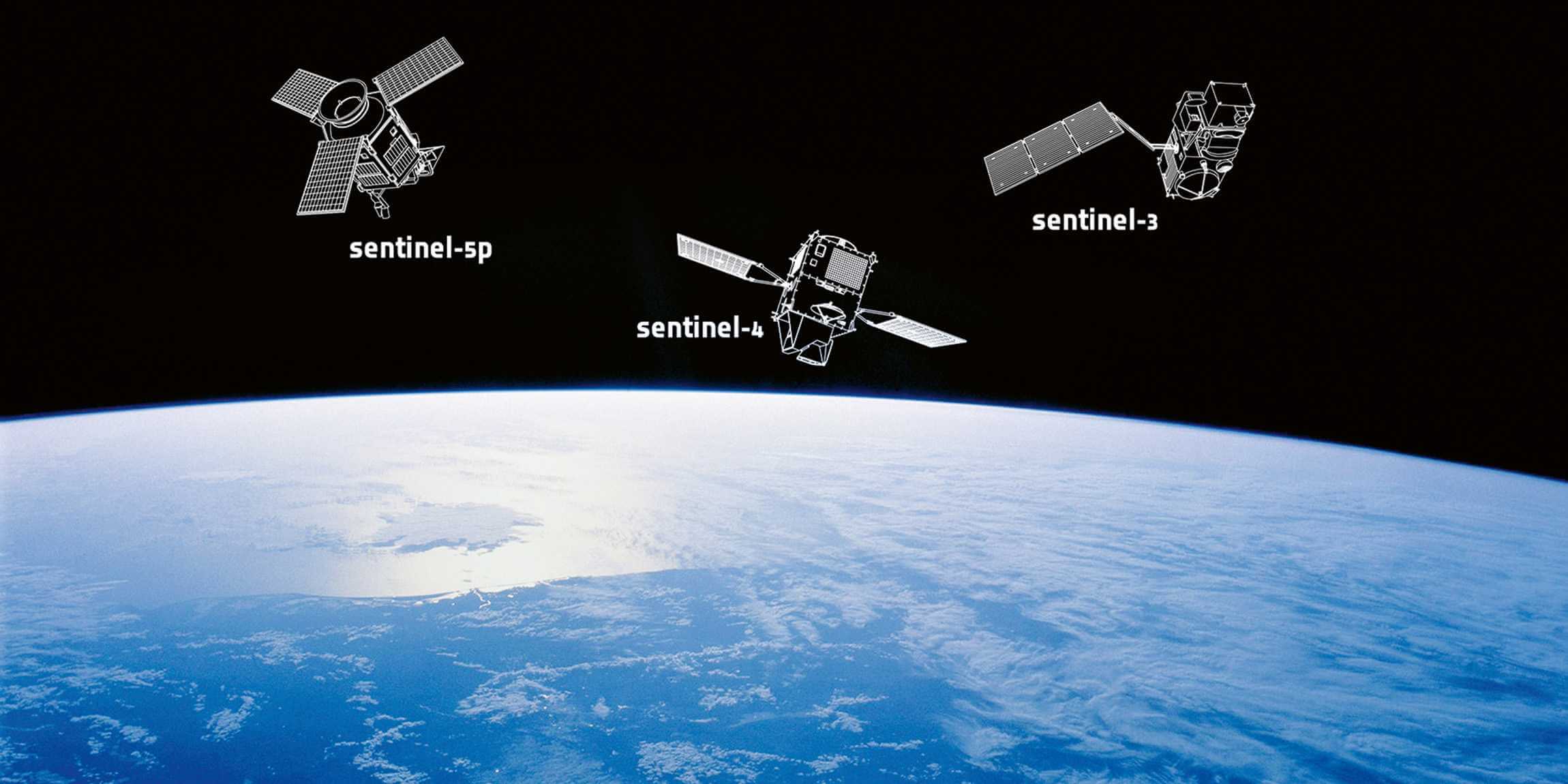
The view from space – and what it tells us
06.01.2025 by Barbara Vonarburg, freelance author
Read more
Space Research
Why we need space exploration
17.12.2024 by Christoph Elhardt and Karin Köchle, Corporate Communications
Read more
Space Research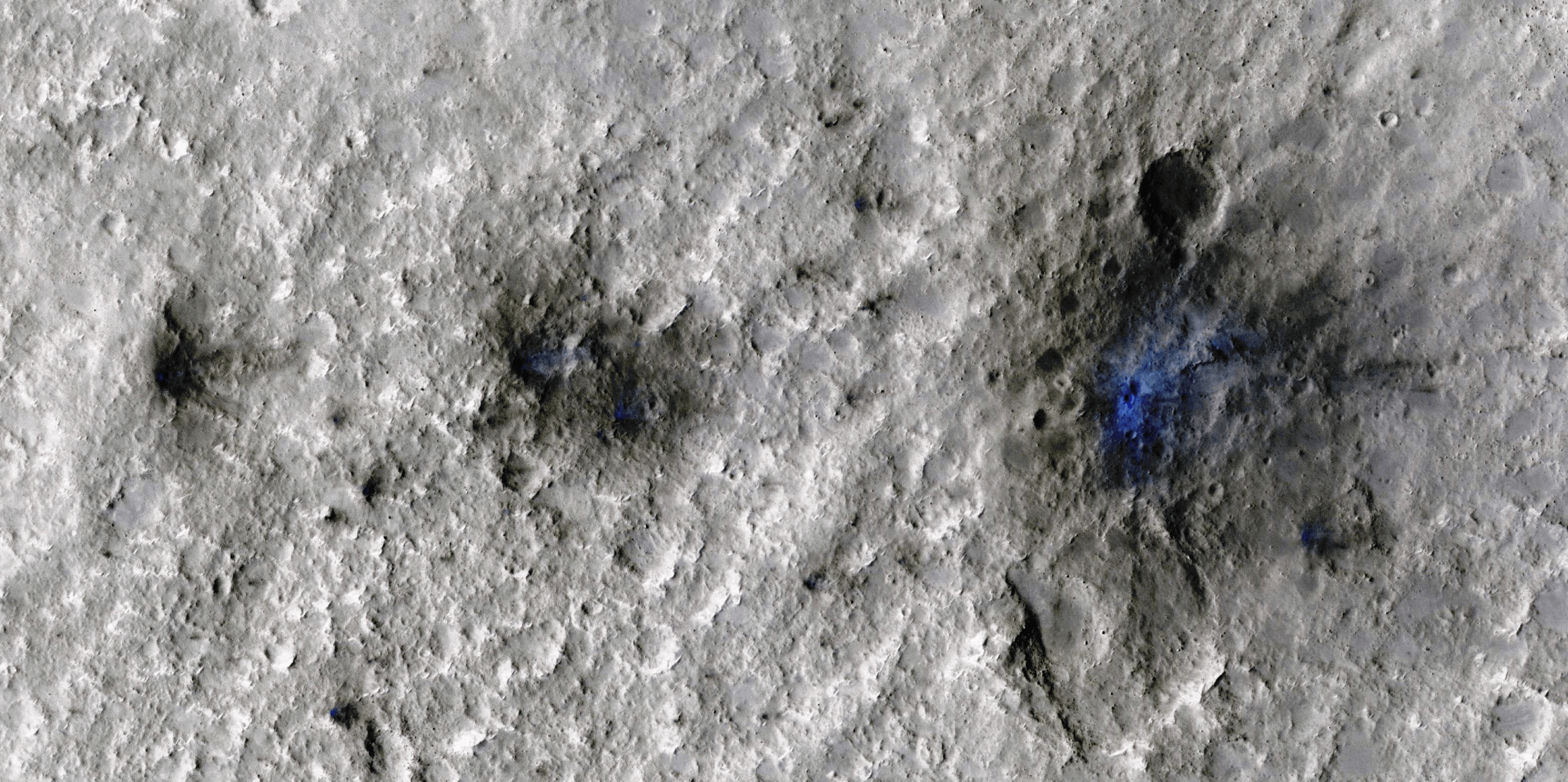
The quest to explore space
17.12.2024 by Michael Keller, Corporate Communications
Read more
Innovation & Industry
Inspired by space: Getting smart ideas off the ground
17.12.2024 by Corinne Johannssen, Corporate Communications
Read more
Space Research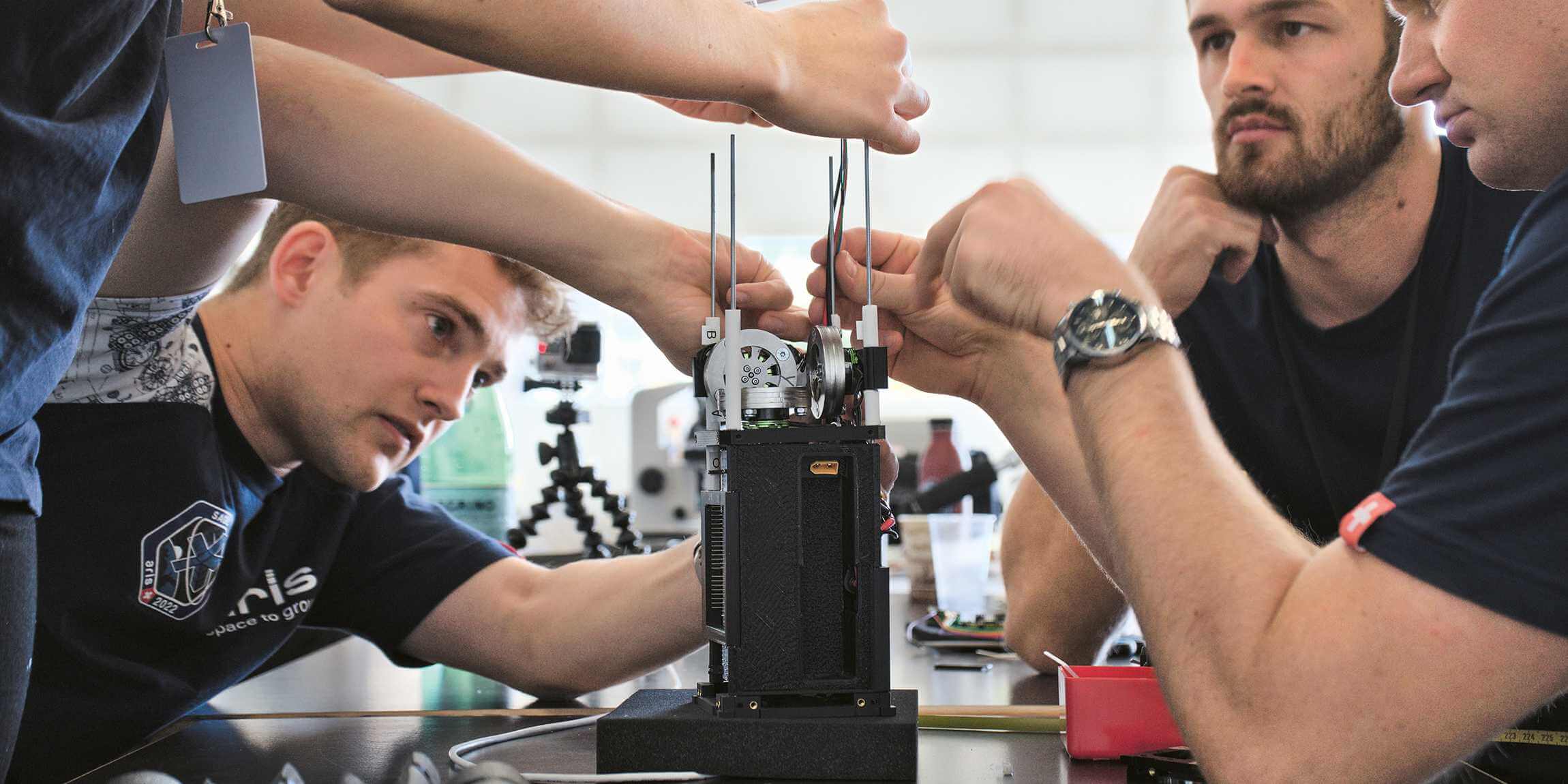
Launch of space systems degree programme
17.12.2024 by Peter Rüegg, Corporate Communications
Read more
Events
ETH Global Lecture Series: Who Owns the Moon?
07.10.2024 by Community & Outreach
Read more
Society & Institution
From Earth to distant worlds: ETH department is now called Earth and Planetary Sciences
05.08.2024 by Peter Rüegg. Corporate Communications
Read more
Research
Learning About Extraterrestrial Life Detection at NASA JPL
11.07.2024 by
Read more

New class of Mars quakes reveals daily meteorite strikes
28.06.2024 by Marianne Lucien
Read more

Final design of ELT’s METIS instrument completed
16.05.2024 by Anna Carmen Radi
Read more
Research
Life on Earth and Beyond
30.04.2024 by
Read more

Earth as a test object
26.02.2024 by Corinne Landolt and Gaia Donati
Read more

New Master’s in Space Systems to be launched in September
07.02.2024 by Michael Walther
Read more
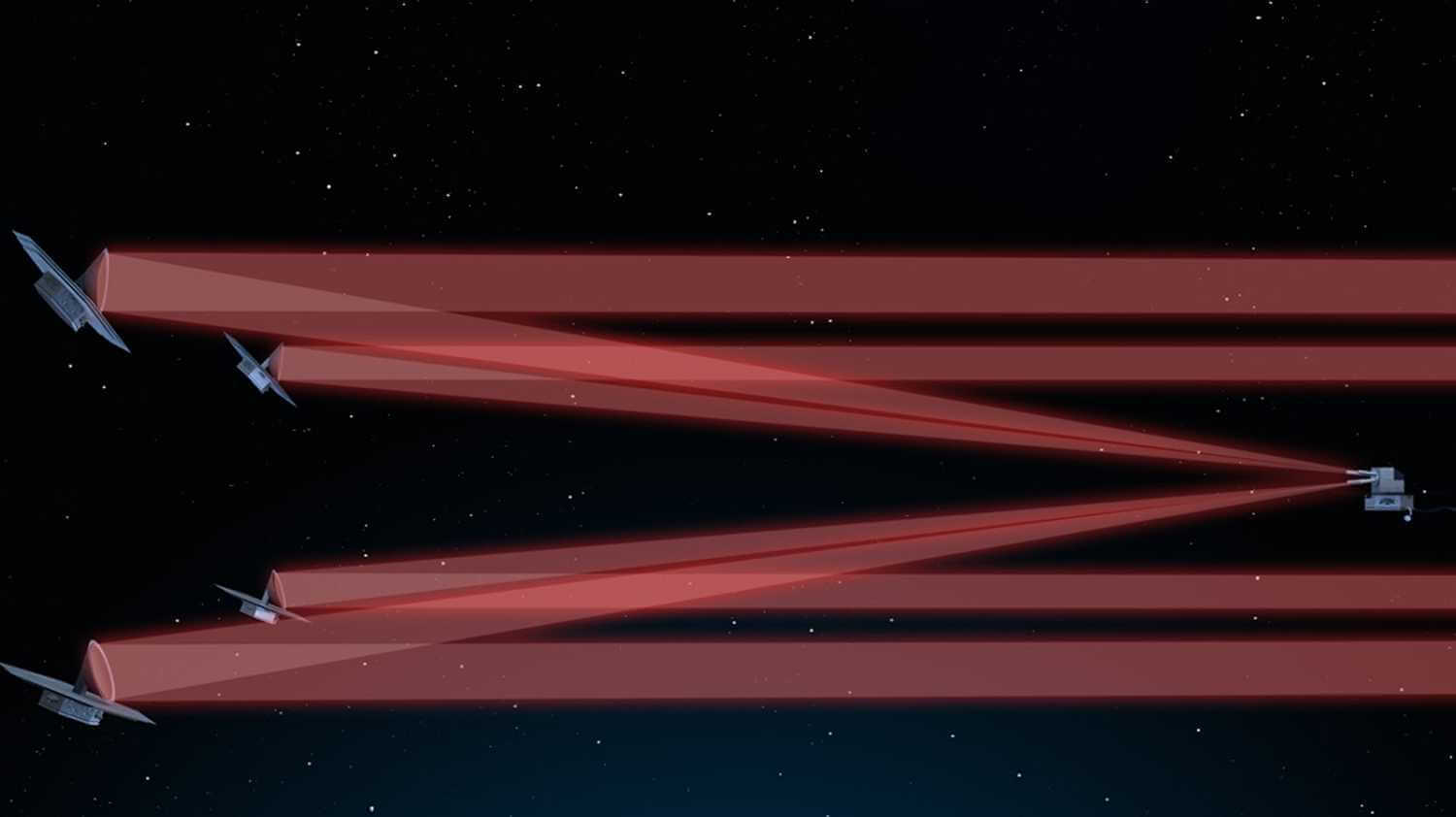
A key experiment for the LIFE space mission
14.04.2023 by Felix Würsten
Read more
See all the news

